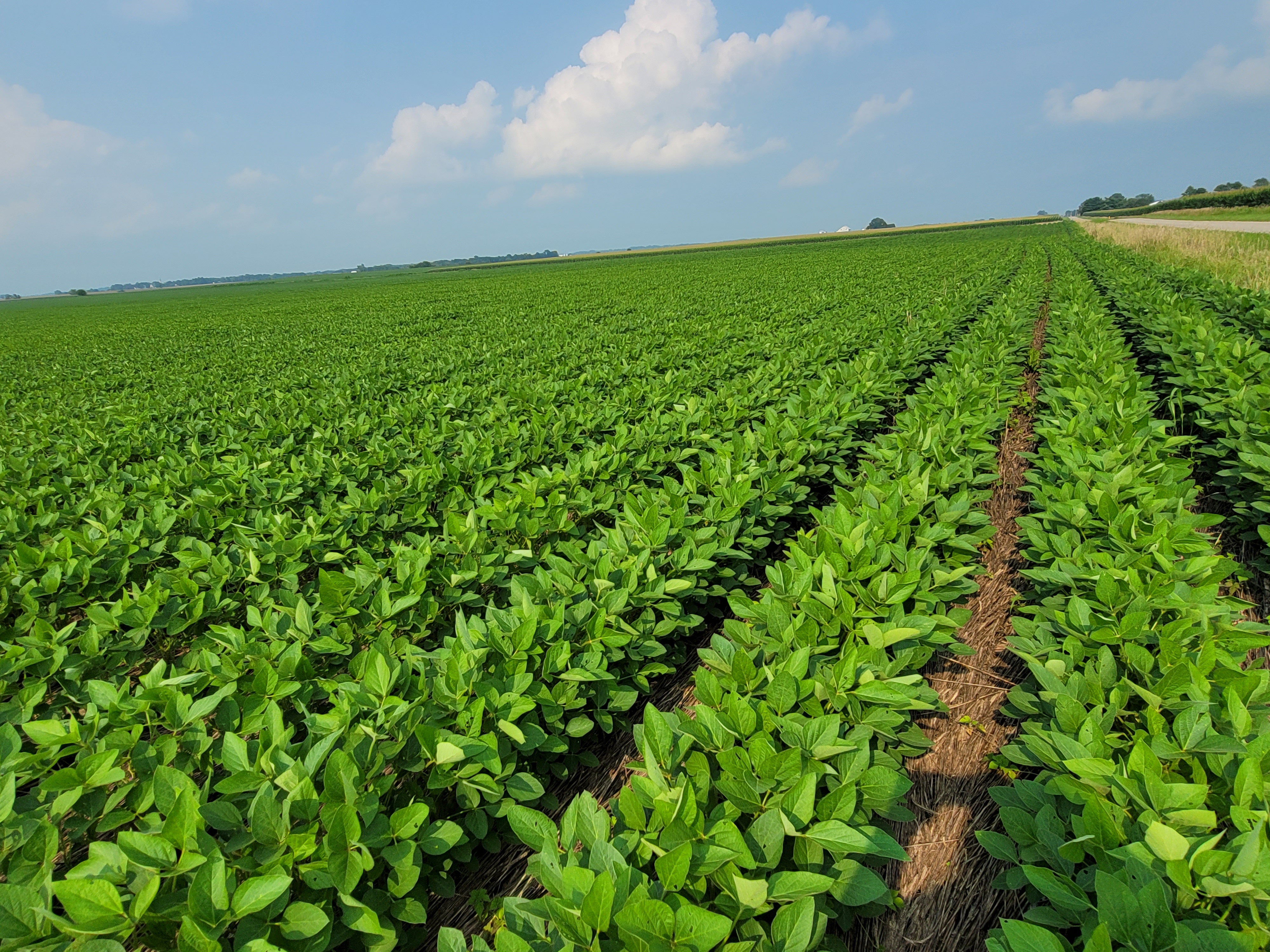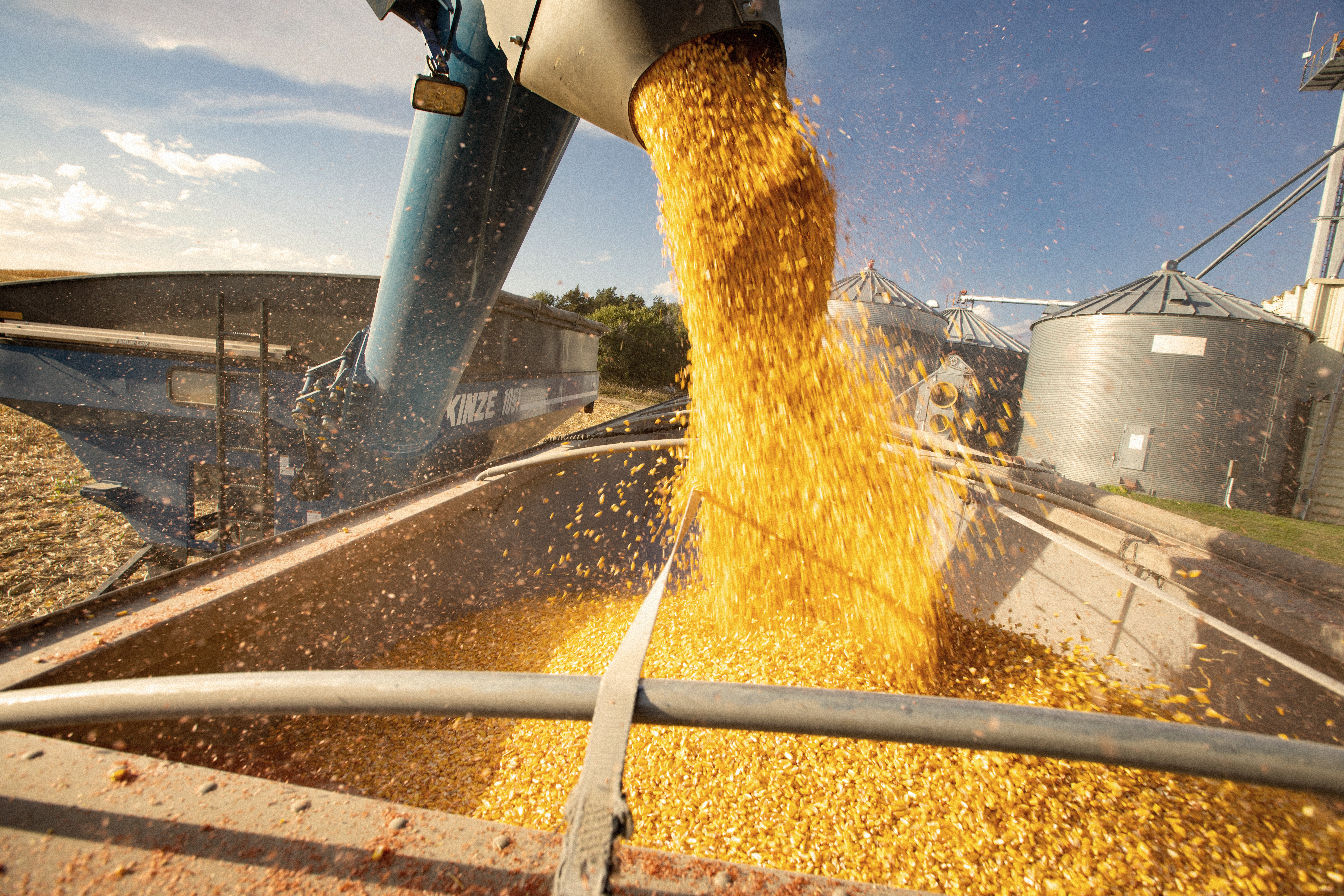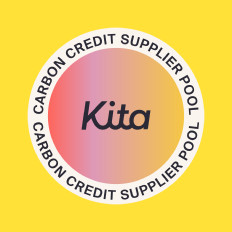Nature-Based Carbon Credits
Champion a Sustainable Future With Agoro Carbon Credits
When you partner with Agoro Carbon, you play an active role in catalyzing a sustainable agriculture revolution that fosters stronger communities, healthier ecosystems, and increased biodiversity, while also advancing progress towards Sustainable Development Goals.
Your decision paves the way for a brighter and greener future.
Join us today and embark on a journey to a greener, more prosperous tomorrow with Agoro Carbon.
Key Attributes for High Quality Carbon Quantification
Agoro Carbon makes agriculture part of the solution to our climate challenge by developing high-quality soil carbon credits that businesses can invest in to support their climate goals. Our team of agriculture carbon experts utilize best-in-class soil-sampling design methods, soil sample analysis, and modeling procedures to create the highest-quality carbon credits.
measurable soil-carbon
quantification and calculations
U.S. farmers and ranchers
We are your trusted partner in premium nature-based carbon credits
Real
Agoro Carbon credits exemplify genuine, verifiable climate impact supported by the latest science and best practices, offering clear, measurable, and substantiated data to underscore climate contribution.
Transparent
Our credits are strengthened by the provision of comprehensive and transparent information regarding the climate mitigation activities of our projects. This easily accessible data underscores our unwavering commitment to transparency in advancing sustainability.
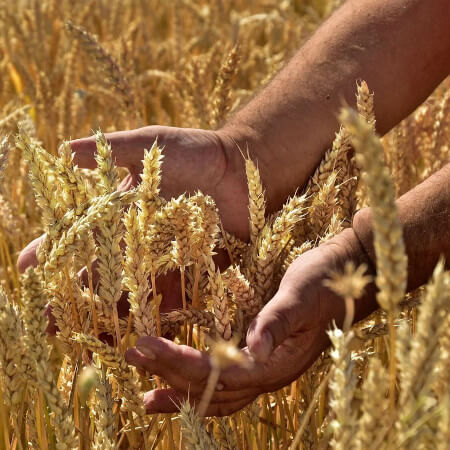
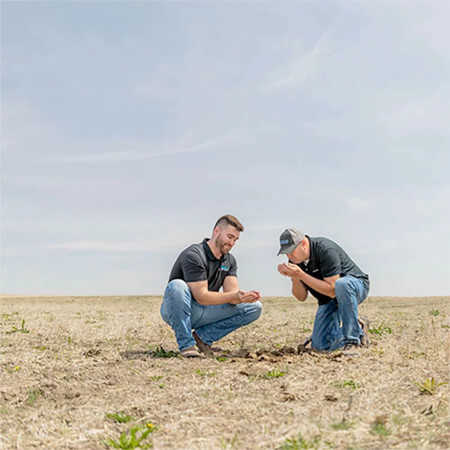
Certified by World's Leading Standards
Agoro Carbon credits are only issued after undergoing a rigorous third-party validation and verification process and are certified by leading standards.
Additional
Purchasing Agoro Carbon credits serves as the catalyst driving the adoption of regenerative agriculture practices, leading to substantial carbon sequestration and reduction that would otherwise remain unrealized.
Permanent
Agoro Carbon projects are uniquely designed to enhance the permanence and effectiveness of soil organic carbon as a climate mitigation solution.
Robust MRV Framework
Agoro Carbon credits are bolstered by a robust MRV (Monitoring, Reporting, and Verification) framework, integrating the best carbon science and quantification methods, all underpinned by rigorous baseline and verification processes.
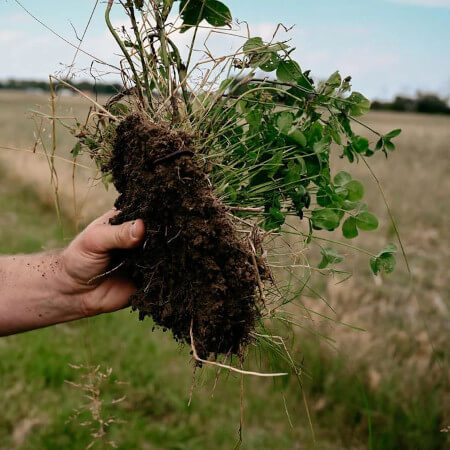
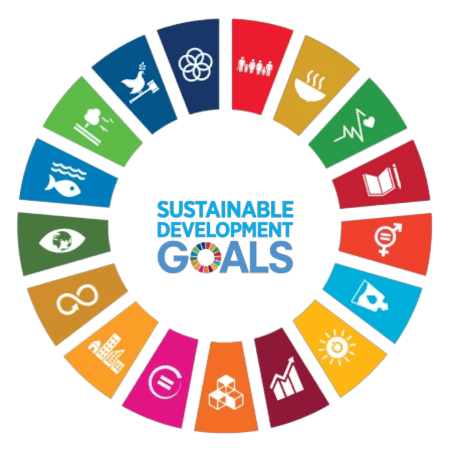
SD VISta Verified
Co-Benefits

Enhancing Ecosystems & Biodiversity
The implementation of regenerative agriculture practices directly influences the enhancement of ecosystems and biodiversity. Agoro Carbon projects not only sequester carbon by enhancing soil health but also fosters resilient and thriving ecosystems, yielding benefits for both the environment and the livelihoods of participating farmers and ranchers. Our projects incorporate the enhancement of ecosystems and biodiversity as a pivotal element in realizing enduring sustainability objectives.
Impacting UN Sustainable Development Goals
Partnering with Agoro Carbon is a testament to your dedication to a sustainable future. Agoro Carbon projects impact several United Nations Development Goals. Purchasing Agoro Carbon credits enables you to demonstrate meaningful contributions towards specific SDGs directly impacted by Agoro Carbon projects, including Zero Hunger, Quality Education, Clean Water and Sanitation, Decent Work and Economic Growth, Climate Action, and Life on land.
Leaders In The Science of Soil Carbon
Flagship Agreement to Deliver 2.6 Million Soil Carbon Credits to Microsoft
This agreement represents one of the largest soil-based carbon removals commitments to date, a significant milestone in ag-driven climate solutions.
How It Works: Buying Carbon Credits With Agoro Carbon
By buying carbon credits from Agoro Carbon, you align with a partner committed to transparency, rigorous standards, and impactful
results.
Agoro Carbon Alliance Joins Kita’s Carbon Credit Supplier Pool
Agoro Carbon joins Kita’s Supplier Pool, strengthening our commitment to high-integrity, insured carbon credits that support confident climate action.
The Accuracy of Agoro Carbon’s Soil Organic Carbon Measurement
Agoro Carbon measures soil carbon with rigorous methods, advanced geospatial tools, and precise sampling to support emission reduction goals.
A Net-Positive Future With Nature-Based Carbon Solutions
Together, we are creating a legacy of environmental stewardship, offering businesses the opportunity to make a real difference and be a force for positive change.”
Dylan Lubbe, Agoro Carbon, Commercial Director

Dylan
Lubbe
Ready to Learn More?
Reach out to our downstream commercial team with any questions, comments, or to explore opportunities for investing in agricultural carbon credits. Farmers and Ranchers interested in our program can enroll here.
